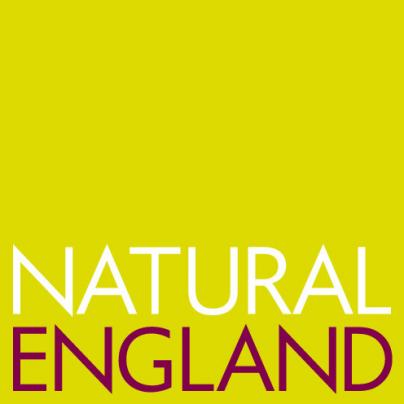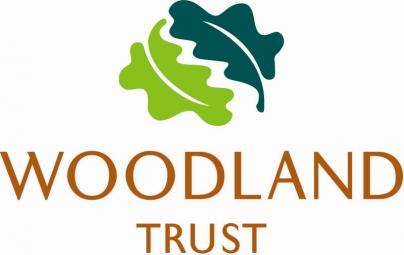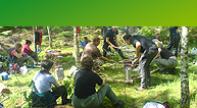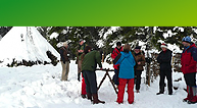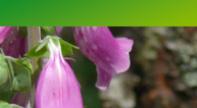More detailed information about Woodland Environment
All links to external website should open in a new window. Documents are either pdf or word and will open in an appropriate programme on your computer in a seperate window (you may have to exit your browser to see them). A box normally appears asking you permission to open or save the file. To read pdf files you will need adobe reader, which is free to download from the Adobe website here.
Do remember that the electronic workbooks & assignments are on the qualification & assessment infomation webpage
Species Identification
Being able to identify the flora (Trees, plants, fungi etc) and animals (mammals, birds, invertebrates etc) present within your Forest School site is an essential skill for a Forest School Leader for several reasons:
Health and Safety - Some species may have the potential to cause us harm through poisoning, skin irritation etc. Knowing what is present helps us to plan and manage any risks.
Selecting Resources - The woodland is literally your 'resource cupboard', being able to recognise and understand the properties of different species will enable you to use them effectively to support learning.
Sustainable Management - Forest School is a balance of using the woodland and limiting our impact on it. Knowing and understanding the lifecycles of what is present will help us look after it for the long term.
Knowledge & Understanding - Nature is amazing! Getting to know the various species and their incredible lives is endless. Some of the bizarre facts and folklore might be a way to motivate your learners into wanting to discover more about the world we live in.
If identifying species is a new skill to you, here are a few tips:
Start with getting to know a handful of species. Pick some common species that you you already know and see if you can recognise them in other places and at different stages of growth. Then slowly add more to your skills one by one.
Focus on species present in your Forest School area, starting with the ones that are most abundant.
Make time to practice - Use it as an excuse to go out to the woods! Take time to notice the species you come across. Take out an ID chart/book that you are getting on with as it is easist to ID in the field rather than trying to do it from a photo.
If you are struggling to ID one particular individual tree/plant - see if there are other individuals of the same type nearby. Sometimes individuals may not grow in the characteristic manner described in books/guides - they are all unique!
Find a way to remember the species that suits you - take a note book and draw or paint them, take a sample and press it (plants not animals!!), make up a story, poem or rhyme about it - whatever works for you!
If you are still having difficulty identifying your find then you could try uploading a photo of it to the i-spot website. This website has an online community facility meaning that other users can see and comment on your photo, helping you to identify it. See the you tube video below and Chris Packham will explain how to use the site!
FSTC Hand-outs:
Suppliers of ID charts, books etc:
Field Studies Council Publications (webshop) - FSC publish the fold out keys on different species.
Nature Detectives (website) - Part of the Woodland Trust's website that contains hundreds of different activity ideas and spotter sheets that are free to download.
Woodland Trust Swatch Booklets (webshop) - The woodland trust publish the pocket sized swatch booklets on trees, plants, butterflies and fungi.
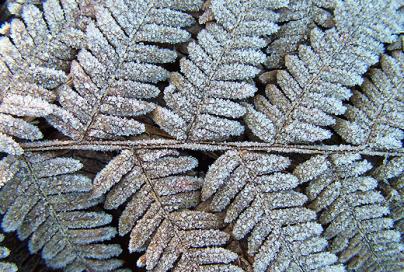
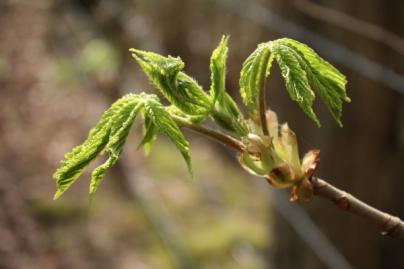
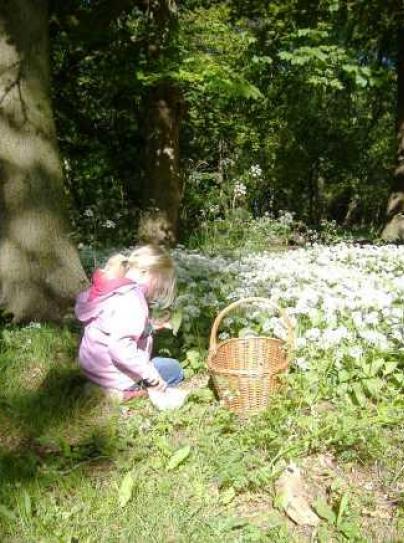
Online Identification Keys:
iSpot's online keys (website) - Various online keys for minibeasts, trees, lichens etc.
Forestry Commission's Tree Name Trail (website) - A simple online key for trees using leaves as the main ID feature.
A key for identifying trees and shrubs (website) - A very nice online key that will help you ID leafy shrub & tree species from either a leafy shoot or a winter twig with buds.
Find Wild Flowers (website) - Onlline key with photos and details of the plant species in a range of habitats.
RSPB Bird Identifier (website) - The RSPB website has a series of questions to help you identify the bird you saw. You can also search the database by name. As well as the usualu pictures and descriptions of species, you can also listen to an audio file of its call and look at video footage.
Websites with Species Information:
Royal Forestry Society's A - Z of Trees (website) - A website with lots of information about tree species that you can search by name. The website also has some great informaion about tree biology too!
Woodland Trust's British Tree Guide (website) - A website all about different tree species.
Buglife (website) - A charity dedicated to protecting bugs and other minibeasts!
Plantlife (website) - An organisation dedicated to protecting wild flowers and other plants.
The Mammal Society (website) - You can download factsheets of all british mammals from their website.
Surveys and Phenology (Recording Wildlife Events):
Natures Calendar (website) - The Woodland Trust has a website that you can record your sighting of seasonal wildlife events and contribute to a national collection of records.
Big Schools Birdwatch (website) - Every January/February the RSPB encourage schools to get involved with this national survey.
OPAL Surveys (website) - Take part in a variety of environmental surveys. You can get free resource packs to help you with these.a
Track-a-Tree (website) - Looking for volunteers to help record the progress of spring across the UK. A sister project of Natures Calendar (see above).
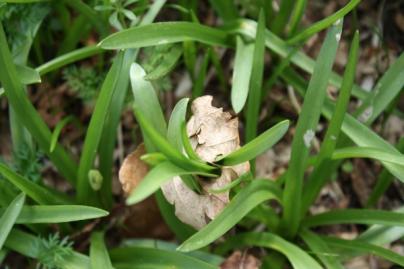
Woodland Ecology & Structure
Woodland Structure -
Woodland History -
A History of Native Woodlands in Scotland - T.C. Smout
People and Woodlands in Scotland, A history - T.C. Smout
Scottish Woodland History - T.C. Smout
Woodland Management
Woodlands in the UK are managed differenty depending on; the aims and objectives of the landowner, the type of woodland it is, accessability and species present.
FSTC Hand-outs:
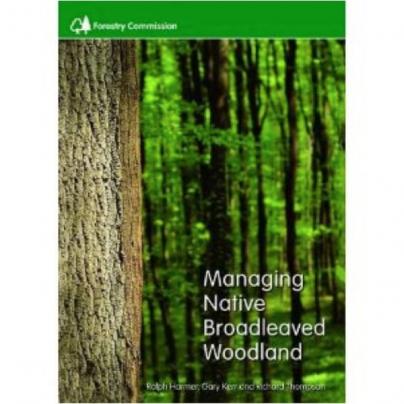
The Woodland Trust Resources:
The Woodland Trust is a UK Woodland conservation charity that aims to protect woodland, plant new woods and inspire people to get outdoors. They own and manage over 1,000 sites, as well as provide advice and guidance to other landowners and visitors to woodland. They have produced various publications, many of which are free to download from their website. We have linked to a few examples below that are of particular relevance:
The first of these documents is a wider perspective of sustainable woodland management in the UK. The second document is specific to the Woodland Trust's woodlands - it explains their management aims and objectives and how they manage their sites. The third is a guidance document designed to support any woodland owner or manager.
Other Resources About Woodland Management:
Managing Native Broadleaved Woodland, by Ralph Harmer, Gary Kerr & Richard Thompson (Book)
The Woodland Way - A Permaculture Approach to Sustainable Woodland Management, by Ben Law (Book)
Woodland Management, by Chris Starr (Book)
Online Woodland Management & Mapping Tool:
The Sylva Foundation has create a free online toolkit to create woodland management plans. Visit 'My Forest' here (website) >
UK Forestry Standard:
The UK Forestry Standard is the reference standard for sustainable forest management in the UK and is endorsed by all UK governments. Created by the Forestry Commission, the UK Forestry Standard is supported by a set of guidance notes on different topics (such as people, soil, water etc) which include legal requirements as well as good practice for woodland managers. You can view all these documents as pdf's on the Forestry Commissions website here >.
Forestry Commission Practice Guides:
The Forestry Commision is the government department responsible for protection and expansion of Forests and Woodland in England & Scotland . They issue various guidance notes and publications designed to help support landowners manage their woodlands:
There are more documents available on the Forestry Commission's Website here >
Natural England:
Natural England is the government advisor about the natural environment. They provide practical advice, grounded in science on how best to safeguard Englands natural wealth for the benefit of everyone.
Their remit is the sustainable stewardship of the land and sea so that people and nature can thrive. Some of their role include:
Reducing the decline of biodiversty
Licencing protected species
Designating National Parks and AONBs (Areas of Outstanding Natural Beauty) and notifying SSSI (Sites of Special Scientific Interest)
Managing most NNRs (National Nature Reserves)
Increasing opportunities for people to enjoy the natural landscape
Providing advice to planners and developer on conservation issues
On their website you can find information about biodiversity (particularly protected species and/or habitats), Land designations (such as SSSI, NNRs LNRs etc) and other conservation issues.
Broken links >
If you find any of the links to the documents above are not work properly, please let us know by typing in the name of the document in the form below.
Check out the other resource pages by clicking on the pictures:
You can also find useful information about Forest School history and research, as well as local networking on the other student webpages:

